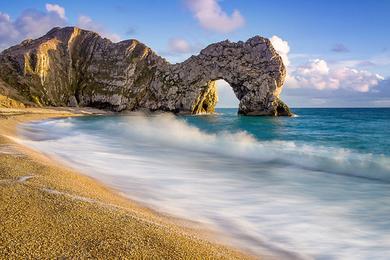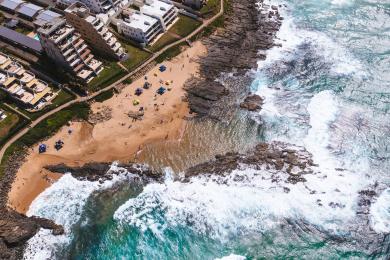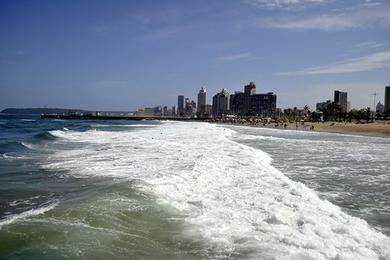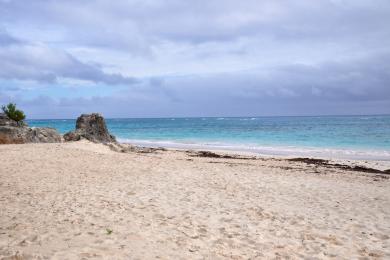Overview
Dusky sharks are members of the Carcharhinidae family, commonly known as requiem sharks. They have a distinctive, elongated, and somewhat flattened body shape with a pointed snout. Their coloration is typically gray to brown on the dorsal side and white on the ventral side. Dusky sharks can be distinguished from similar species like the sandbar shark by their longer, more pointed snout and the presence of a distinct black spot on the pectoral fins.
Commonly found in:
- Australia
- New Zealand
- South Africa
- Japan
- South Korea
- China
- Taiwan
- Indonesia
- Philippines
- Malaysia
- Thailand
- Vietnam
- India
- Sri Lanka
- Madagascar
Over the past 112 years, there have been 14 recorded attacks by dusky sharks. Of these attacks, they have occurred at sea and at the following beaches:
Size and Weight
- Size: Males average between 10-11.5 feet when mature; females average between 11-12 feet when mature
- Weight: Males typically weigh 350-400 pounds; females typically weigh 400-450 pounds
- Swimming speed: Both sexes can reach speeds of up to 20-25 mph
Interaction with Humans
- Interaction with Humans: Generally shy and avoids human contact, but may investigate out of curiosity
- Avoidance: Stay out of murky waters, avoid swimming at night or during twilight hours
- Activity: Most active at night and during dawn and dusk
Lifespan and Diet
- Lifespan: Males live approximately 35-45 years; females live approximately 40-50 years
- Diet: Primarily fish, squid, and octopuses; hunts by swimming near the bottom and attacking prey from below
Migratory Patterns
Dusky sharks exhibit seasonal migration patterns. They typically move northward along the eastern coast of North America during spring and summer, starting from the Gulf of Mexico and the Caribbean, and traveling as far north as New England and Nova Scotia. In the fall and winter, they return southward to warmer waters. Some populations also migrate between coastal and offshore waters, moving to deeper areas during colder months. In the western Atlantic, they may travel between the United States, Cuba, and the Bahamas. In the eastern Pacific, dusky sharks migrate between California and the Gulf of California. Similar patterns are observed in other parts of their range, such as between southern Africa and Mozambique.









